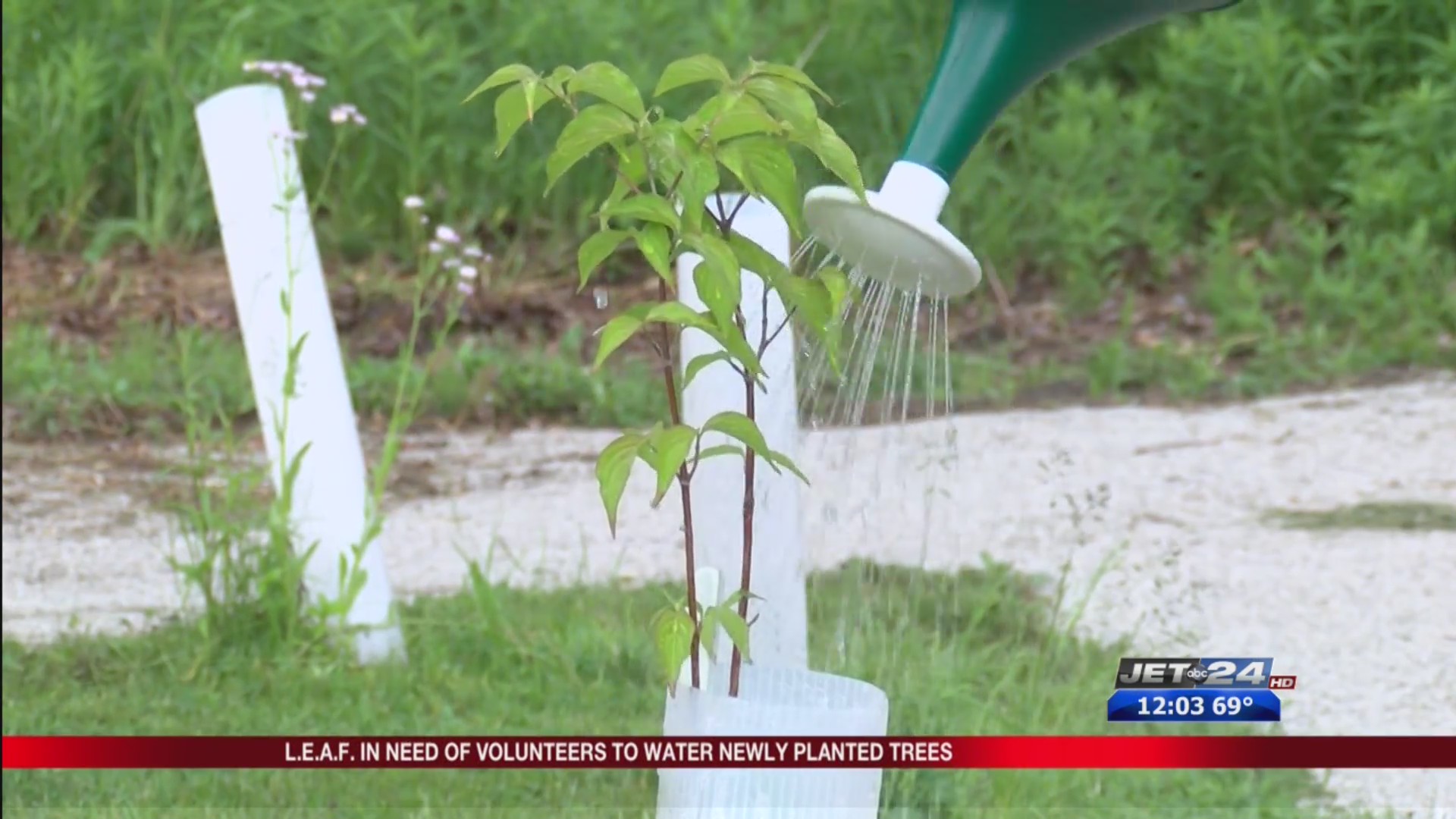KH2PO4, or potassium phosphate monobasic, is one of the essential nutrients that aquatic plants need. It is a primary source of phosphate, which is vital for plant growth. Phosphate is necessary for the formation of ATP, the energy currency of cells. Without an adequate supply of phosphate, plants cannot perform photosynthesis effectively and may wither and die.

If you’re already dosing K2SO4 and KNO3, you may wonder if you need to add KH2PO4 to your routine. The answer depends on the current levels of phosphate in your tank. If you have a heavily planted tank with high lighting, CO2, and nutrient demands, it’s likely that you need to add KH2PO4 to ensure an adequate phosphate supply. However, if you have a lightly planted tank or low-medium light and CO2 demands plants, dosing KH2PO4 may not be necessary.
To determine your phosphate levels, you can use a test kit or get your water tested at a local fish store. If your phosphate levels are below 1 ppm, you may consider adding KH2PO4 to your dosing routine. The recommended dosage for KH2PO4 is typically 0.1-0.2 ppm of phosphate per week.
When adding KH2PO4 to your planted tank, it’s crucial to measure and monitor the dosage carefully. Overdosing can lead to an imbalance in nutrients or cause algae blooms, while underdosing can starve your plants of the necessary nutrients. A good rule of thumb is to start with a lower dosage and gradually increase it as needed to maintain the desired phosphate levels.
In summary, if you’re already dosing K2SO4 and KNO3 and have a heavily planted tank, adding KH2PO4 may be necessary to ensure adequate phosphate supply. If you’re unsure or have a lightly planted tank, it’s best to measure your phosphate levels before adding any new fertilizer to your routine. Remember, proper dosing and monitoring are essential for the health and growth of your aquatic plants, and a healthy planted tank can be a stunning and relaxing addition to any space.